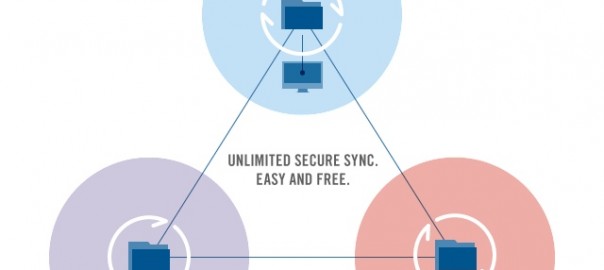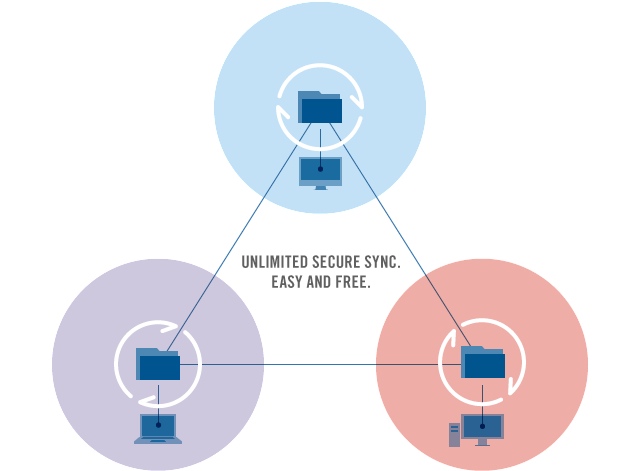If web3 is the financialisation of the web, then ed3 is merely the (further) financialisation of education
I’ve spent most of my career in and around decentralisation of one form or another. Eighteen years ago I was part of an EU-funded project where I talked excitedly about the potential of Bittorrent in education. I’ve spent over a decade evangelising decentralised credentialing and recognition through Open Badges. I put together a team to build MoodleNet, the world’s first federated resource-sharing social network for educators.
So I want decentralisation to happen everywhere. Especially in education.
A few years ago, someone told me quite proudly that their organisation was putting the credentials they award “on the blockchain”. I asked which one. They looked confused. I don’t think they understood what it is they were doing.
There are, of course, many blockchains. Taking away the crypto-hype and the get-rich-quick schemes, a blockchain can be thought of as quite a boring technology. A back office solution where an append-only database (i.e. one can be written to, but then is read-only) is stored on multiple machines instead of centrally.
Boosters of blockchain and crypto in general call this technology ‘decentralised’. In one way it is, because it decentralises data. But decentralisation of data is something that any large organisation with a datacentre already does. And, in fact, something that smaller organisations also do by putting their data into “the cloud”. So decentralising data isn’t really very exciting.
What’s exciting is decentralising power and decision-making. One of the reasons I was so attracted to Open Badges while working within formal education was that it was a real challenge to it. The means of credentialing was, all of a sudden, disaggregated and available to, well, anyone. It’s just a paucity of imagination that has meant that most badges continue to be issued by large organisations. There’s no reason it has to be that way.
Crypto-boosters, such as those who write articles like this about the potential of “ed3” point to DAOs, or “Decentralised Autonomous Organisations” as being disruptive, egalitarian, and a step-change in how society operates.
As the founder of a co-op, an organisation that distributes power amongst its members, I beg to differ. DAOs might be able to do simple things like make a purchase based on member votes, but the hard yards when distributing power involve emotions and, well, being human. There’s a useful article on the difference between DAOs and co-ops for anyone who wants to read more here.
As Audrey Watters says, the best way to predict the future is to issue a press release. The ed3 article linked above was followed hastily by social media account, appearances on podcasts, etc. The authors are almost trying to will their conception of ed3 and the future of education into existence. While they’ve obviously done their research around the root causes of inequality around the world (access, affordability, and education) the “solutions” they point to seem to be a random mix of NFT grifts, people in developing countries playing “play-as-you-earn” games to earn minimum wage, and people who aren’t universities… setting up organisations?
I’ve tried not to let this post turn into the equivalent of Grandpa Simpson shouting at the clouds. I really, truly, want education and society in general to be decentralised. I want the means of human flourishing to be put into the hands of people. But this conceptualisation of ed3 isn’t it. It’s not even close.
If you have some time to spare (2h 18m to be precise) and are interested in this area, I highly (highly!) recommend you watch this video by Dan Olsen called Line Goes Up. It’s a really clear-headed look at what’s going on in this space, starting off with the financial crash of 2008. Very much well worth your time.




